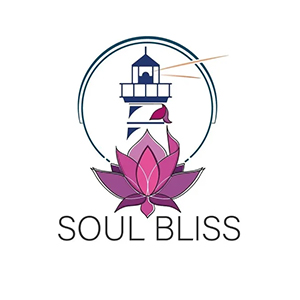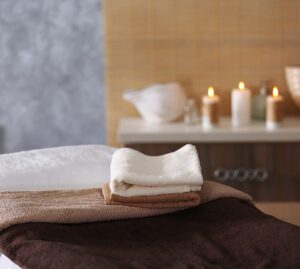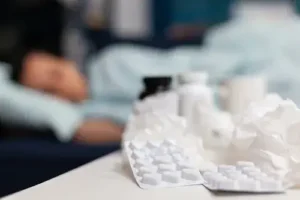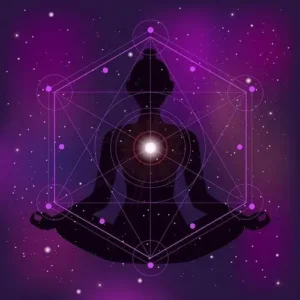
Armando Rola Pata
Traditional Chinese Medicine (TCM)
It is the name usually given to a set of traditional medicine techniques originating in China, which were developed over thousands of years. According to the WHO (World Health Organization), it is a complementary treatment method for multiple diseases. It was also declared an Intangible Cultural Heritage of Humanity by UNESCO (United Nations Educational, Scientific and Cultural Organization). In Portugal, it is one of the Non-Conventional Therapies (TNC), regulated by law.
The TCM approach to the human body is comparable to looking at an irrigation system, since the body, on average, is 60% water – with main channels and tributaries; with wells, springs and streams, rivers and even seas; with an intricate system of floodgates, which allows us to both flood dry areas and drain flooded areas, thus, we are seeing the body through the “lenses” of Chinese Medicine. It is through these channels, or meridians, that Qi, Blood (Xue) and Organic Liquids (JinYe) circulate, and disease occurs when this circulation becomes pathological.
Our body naturally seeks balance through its self-healing capabilities and TCM enhances these capabilities, by focusing its care on a holistic vision, centered on the existence of well-being and not just the absence of disease, and the which, the person, as a unique being and in constant interaction with everything, requires personalized and integrated care.
TCM is not limited to Acupuncture – with the insertion of very thin needles in specific locations. It includes, as therapeutic resources used for both treatment and maintenance of health, therapeutic herbal medicine based on plants and minerals; the TuiNa therapeutic massage – a type of Chinese physiotherapy; Dietetics – with food as our medicine; and the practices of TaiJi and QiGong – physical exercises of breathing, concentration and movement.
Build your health and future well-being in the present!
Acupuncture (and Moxibustion)
Acupuncture consists of inserting very fine needles (duly sterilized, packaged and disposable), into certain points on the body: the Acupuncture Points. Although the insertion of the needles is practically painless, it is sometimes possible to feel a very slight sting.
Following treatment, a slight and temporary worsening of symptoms may occur, which is considered a sign of a good response, which is generally followed by a significant improvement. Drowsiness during and after treatment is also often reported.
It is very safe and serious complications are very rare (less than 1 in every 10,000 treatments). The most common complications, when they occur, are a small hemorrhage or bruise (bruise) at the site where the needles were inserted.
In the West, Acupuncture is sought mainly for pain relief and emotional control (depression, anxiety, stress). However, due to its therapeutic success, exhaustive studies have been carried out in Western hospitals and universities since 1979, confirming excellent results in more than 140 pathologies.
Moxibustion follows the principles of Acupuncture, however the stimulation of points and channels (or meridians) is promoted by heating by bringing the moxa closer to the skin. Moxa, in the form of a stick, cone or “rice berries”, is the herbaceous mugwort plant (Artemisia sinensis or Artemisia vulgaris), dried and red-hot.
Sometimes, Acupuncture and Moxibustion are applied simultaneously.
Phytotherapy
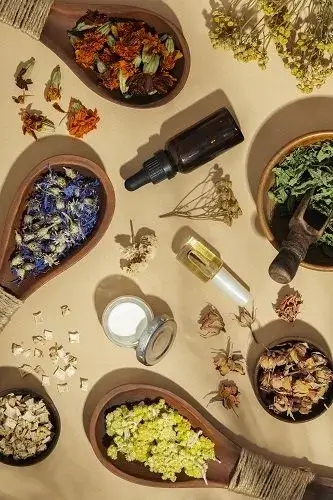
Chinese Phytotherapy consists of the oral or cutaneous administration of herbal compounds. Although these are essentially made up of plants, this form of treatment also uses ingredients of mineral or animal origin.
The various ingredients that make up each recipe, or formula, are combined in proportions that maximize the desired effects and inhibit possible side effects. The knowledge of these combinations and proportions is the result of empirical experimentation over thousands of years and recent research.
The formulas can be presented in the form of tablets, pills, capsules, drops and oils.
Recent research into Artemisia, widely used in TCM, resulted in the awarding of the Nobel Prize in Medicine (2015) to Tu Youyou, for his research into the effect of artemisinin in the treatment of malaria.
Since ancient times, Chinese materia medica has been categorized into three levels:
Superior – which enhances health and spirit;
Medium – with medicinal effects on the body;
Inferior – with drastic action, which includes substances that can be toxic depending on the dosage.
Dietetics
Along with Western Nutrition, Chinese Dietetics, Nutrition or Food Therapy, seeks balance and well-being in each person, through the adequacy of the foods to be consumed.
Much like the famous Hippocratic phrase: “Let your food be your medicine”, which summarizes the fundamental role that food plays in health and the special care we must take with our health. what we eat, and in what quantities.
Chinese Dietetics also classifies foods according to their taste: spicy, sweet, bitter, salty and acidic; and its nature: hot, warm, neutral, fresh and cold.
TuiNa Massage
It is a therapeutic massage that is mainly based on the stimulation of points, channels and other parts of the body, to correct physiological imbalance and achieve well-being.
It is often used in conjunction with other therapeutic tools of Traditional Chinese Medicine and its methods include the use of manual techniques, pressure and glide techniques, and manipulative techniques for musculoskeletal and ligament disorders.
TaiJi Quan and QiGong
These are activities with roots in ancient China and a proven therapeutic effect, which include integrated exercises for the body, mind and spirit.
They are characterized by their smooth, fluid and relaxed movements. These practices can be carried out by any age group or health condition.
Share this article with anyone who could benefit from this information. If you need, leave us a message, we are here to help at this challenging time in your life. For more information contact us.
